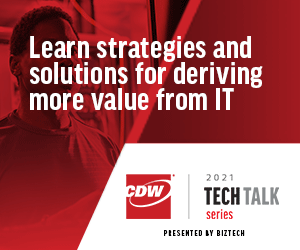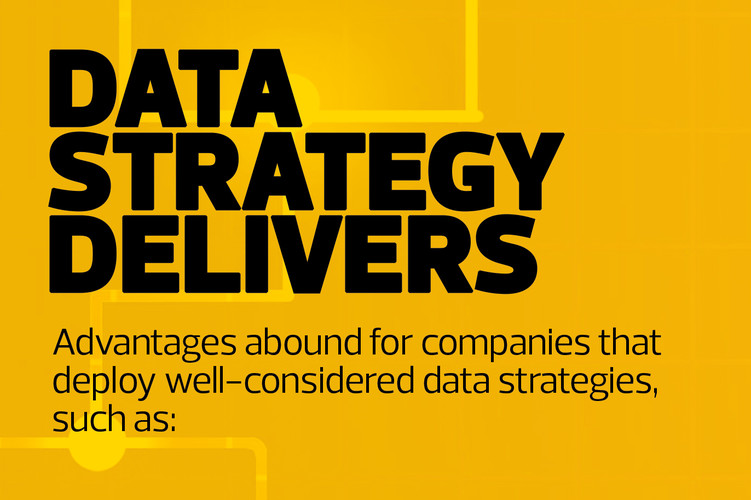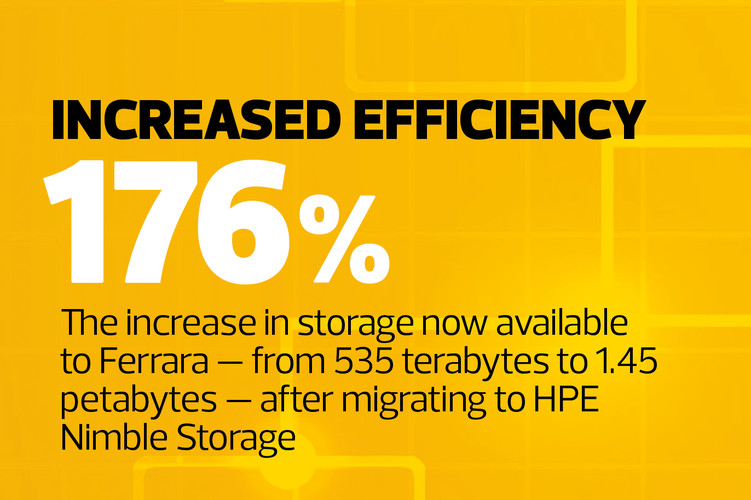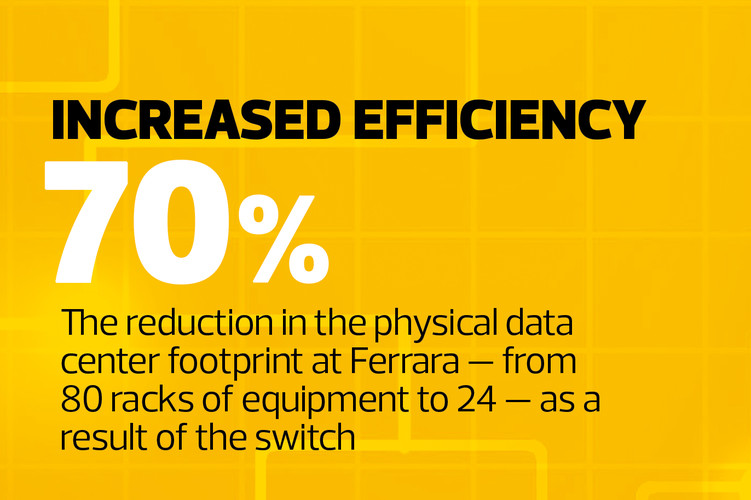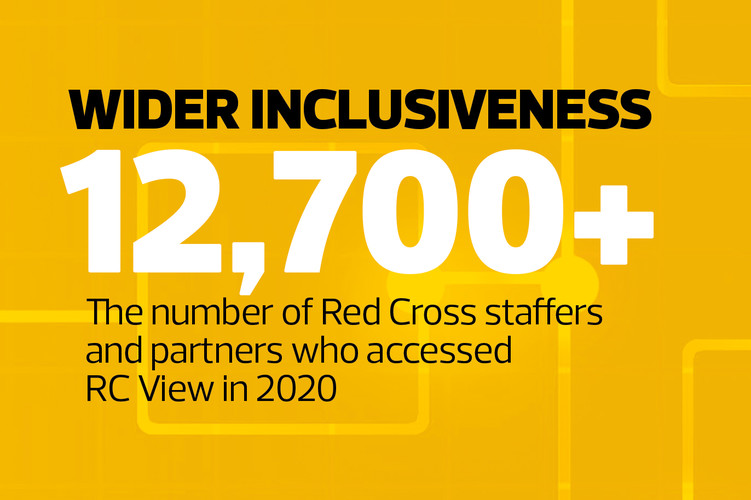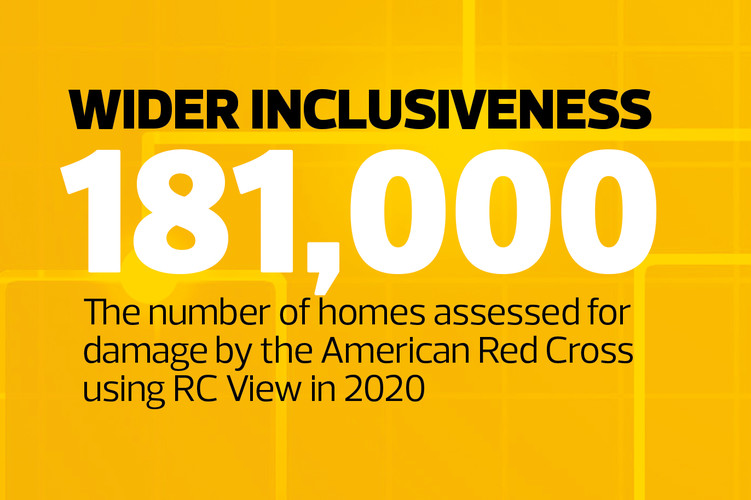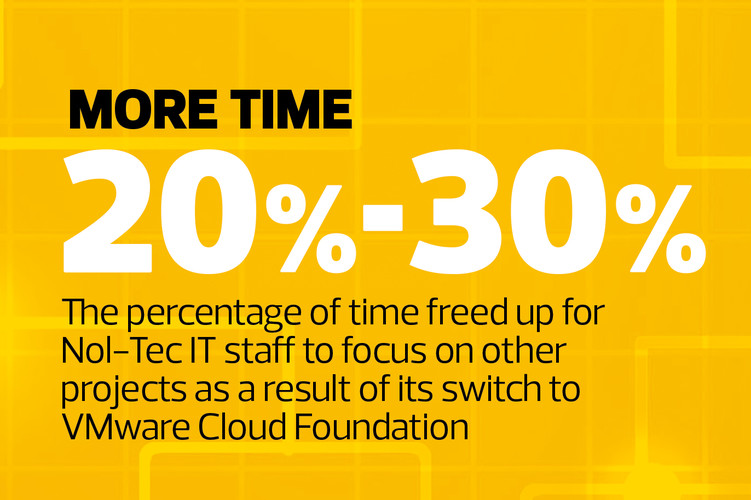With InfoSight in place, Floyhar and his small team of engineers can keep everything running smoothly.
“All of that infrastructure, all of the technology that people are using — the IoT, the industrial applications to collect a lot of that data — it drives better efficiencies, better manufacturing processes and higher quality standards for our products,” says Floyhar.
Reimagining Data Strategy for Optimization
The right data center solution is essential to supporting an organization’s data strategy, says Jennifer Cooke, research director in IDC’s cloud and edge infrastructure practice.
When it comes to modernizing data centers, business have more options than ever, and there are many possible right answers. “The conversation a while ago was, ‘We don’t know if we’re going to modernize our data centers because we think we’re going to move everything to the cloud,’” says Cooke.
Today, though, more organizations see cloud and on-premises technology as different components of a modern data strategy. Cooke sees more interest in a hybrid approach, with high-performance applications in the cloud and certain sensitive data kept closer to home.
Yet even while there are many right answers to data strategy, there is one very wrong answer: doing nothing.
“You may think that you’re saving money by not doing anything, but when your facilities people retire and you can’t find anybody to come in, you’re going to be in a really tough spot because nobody wants to join an archaic company,” says Cooke.






